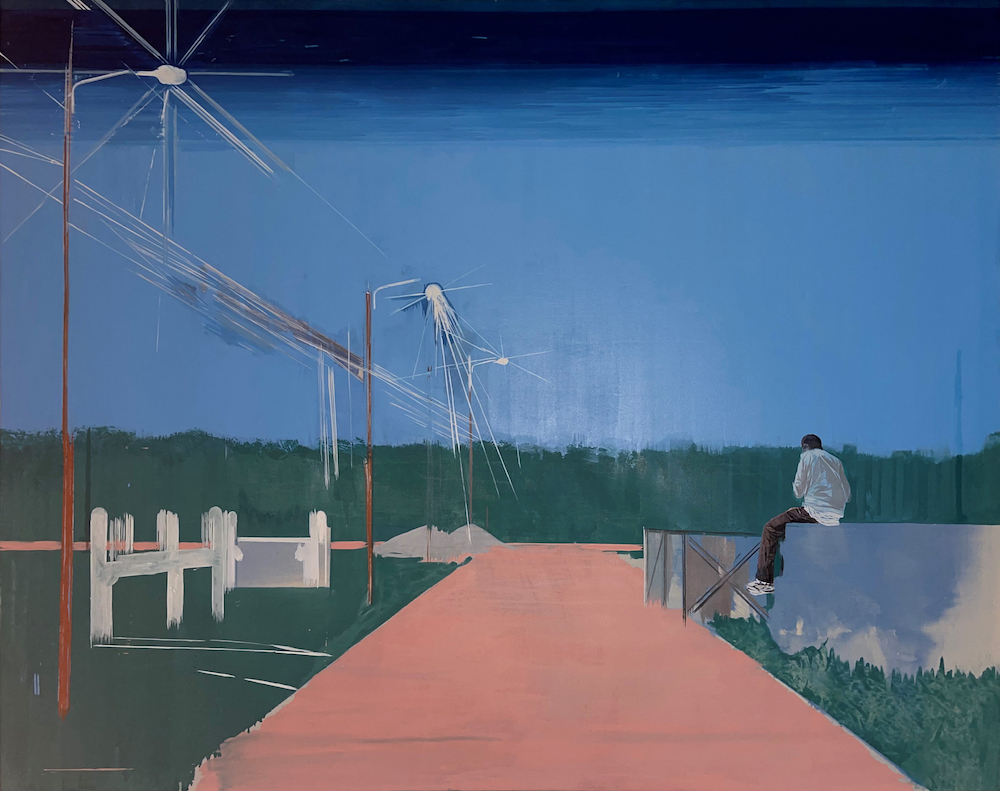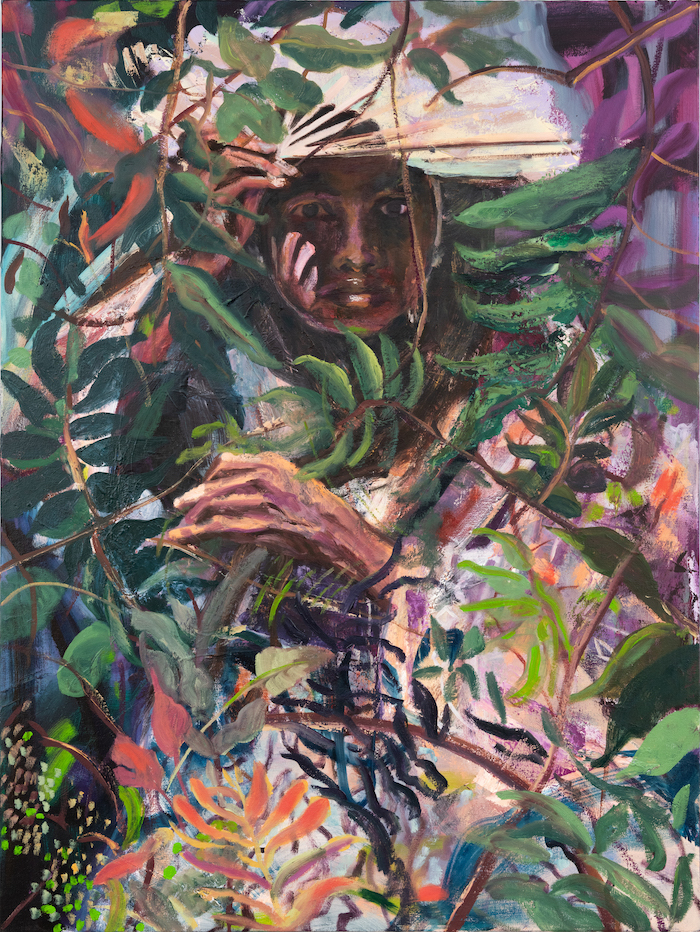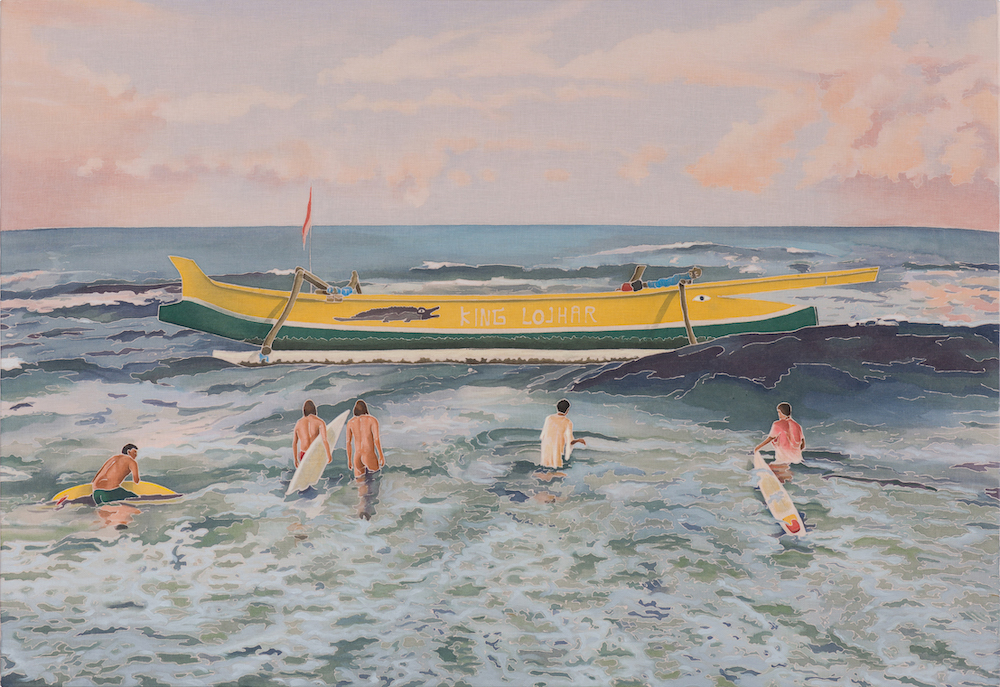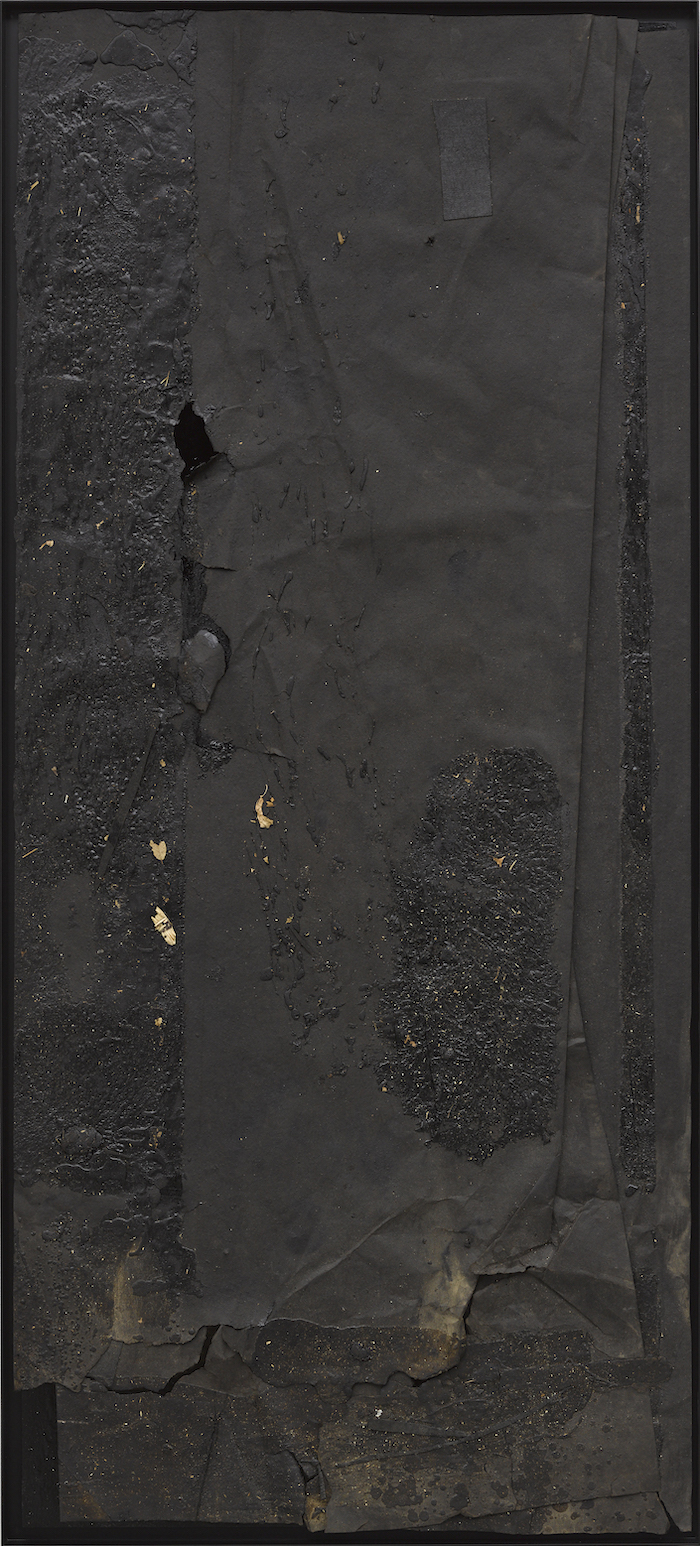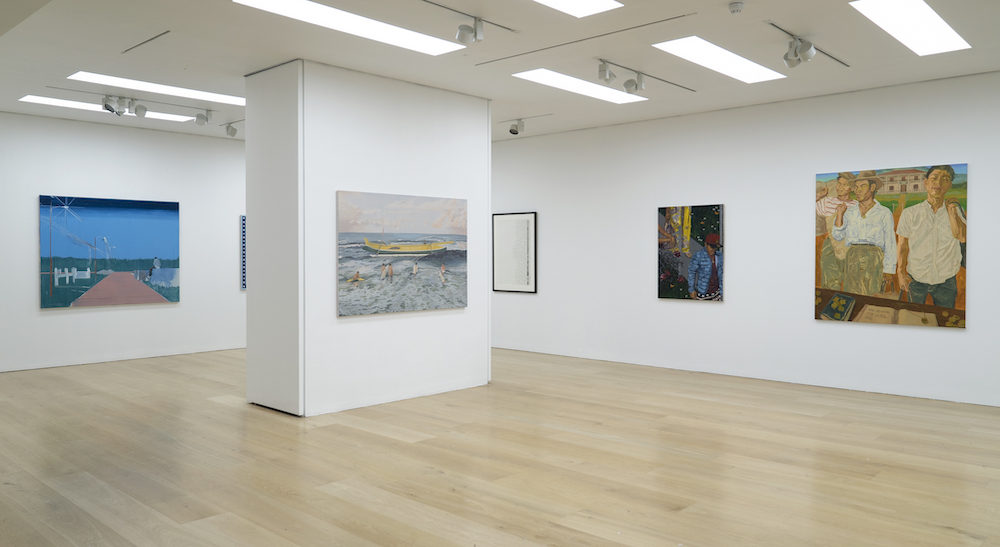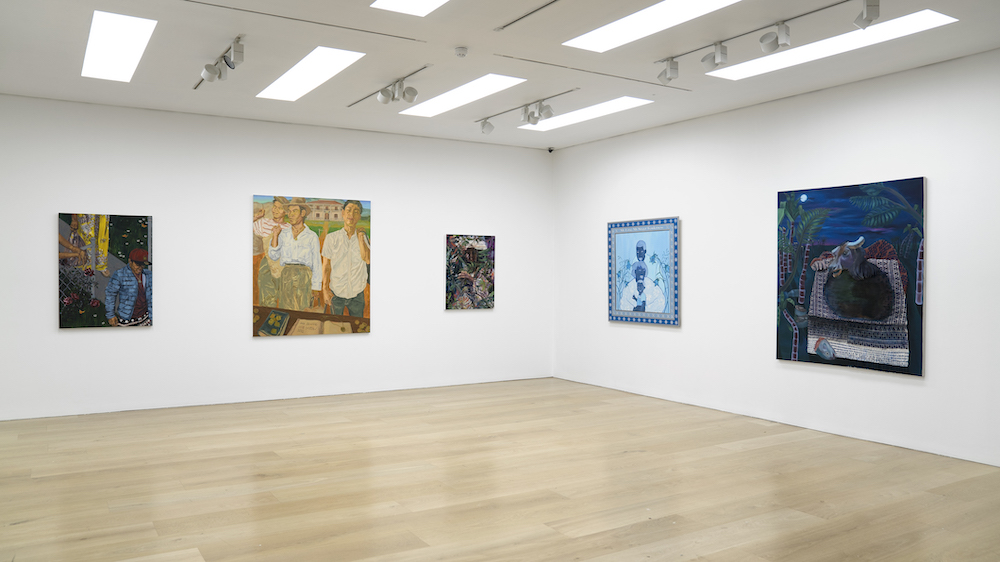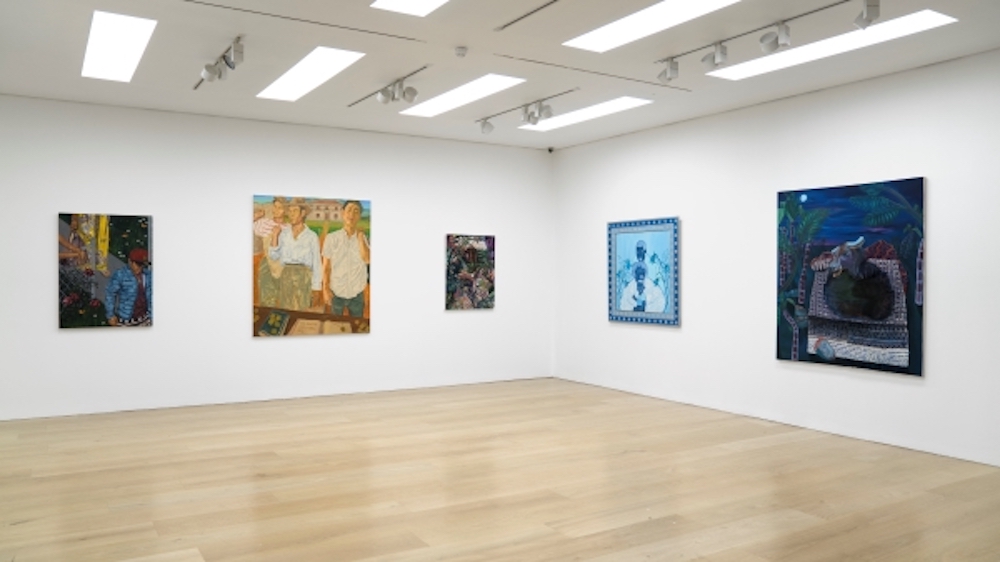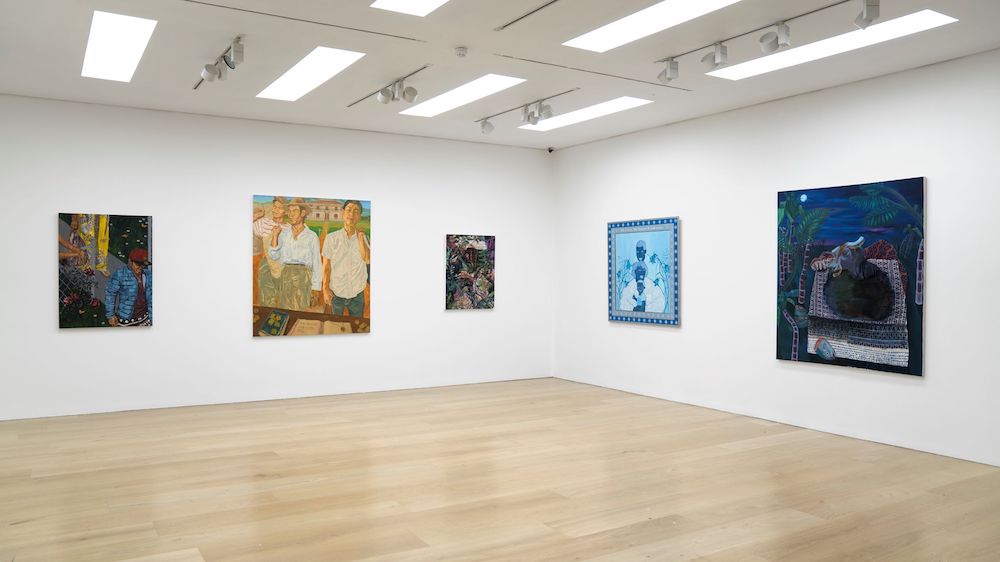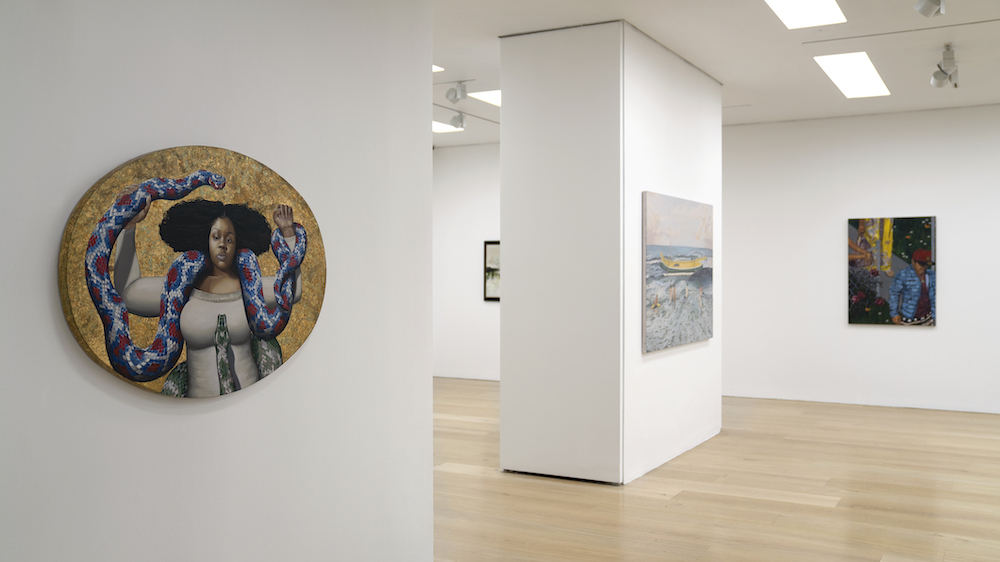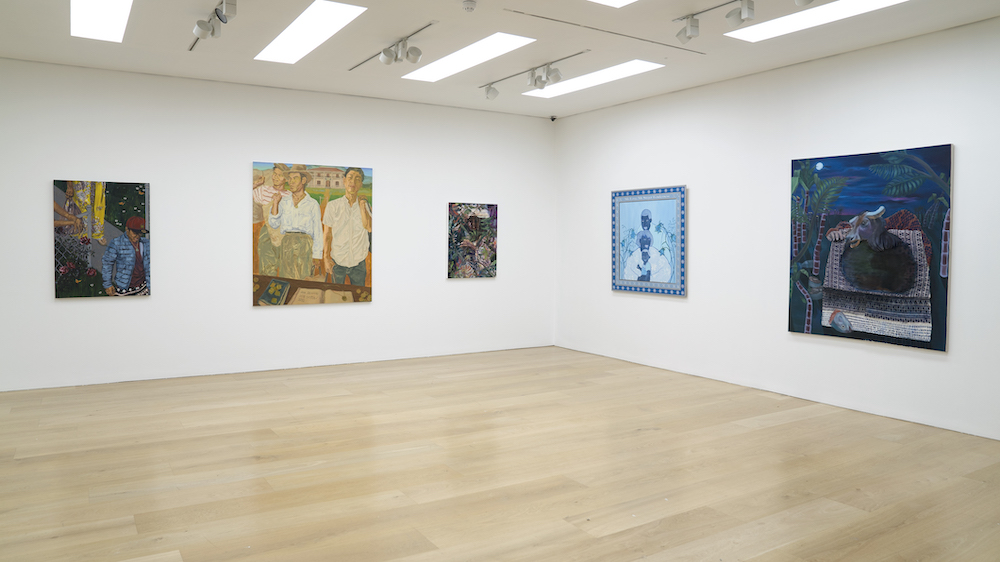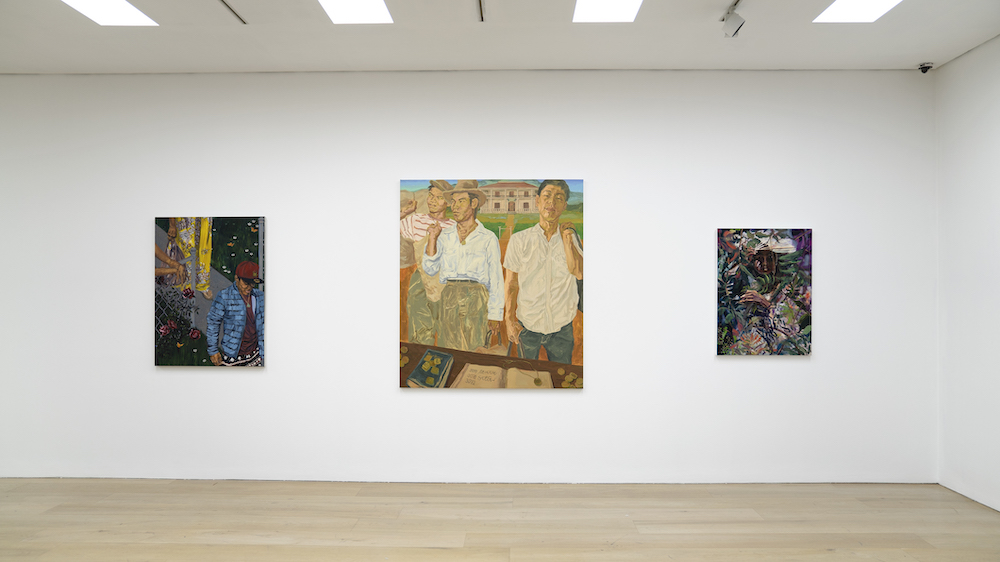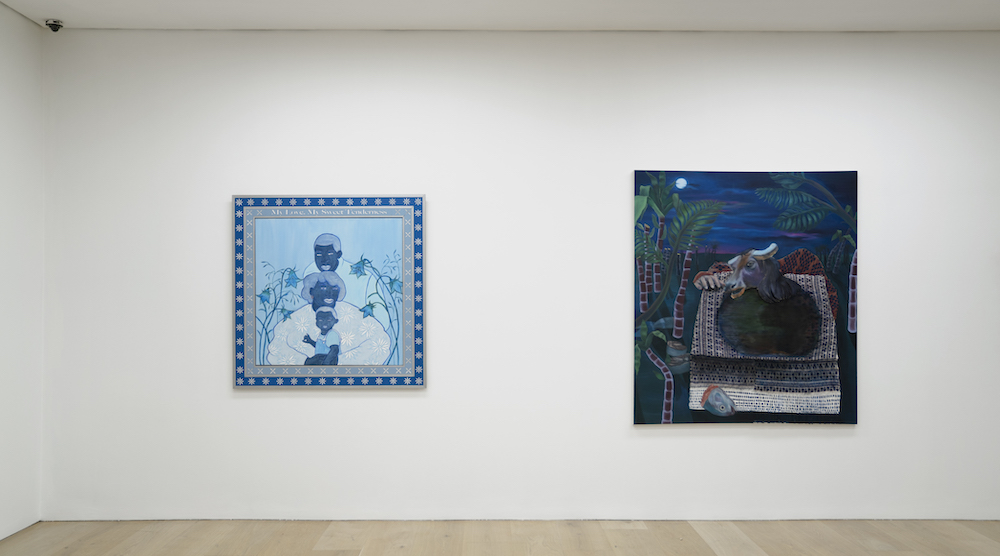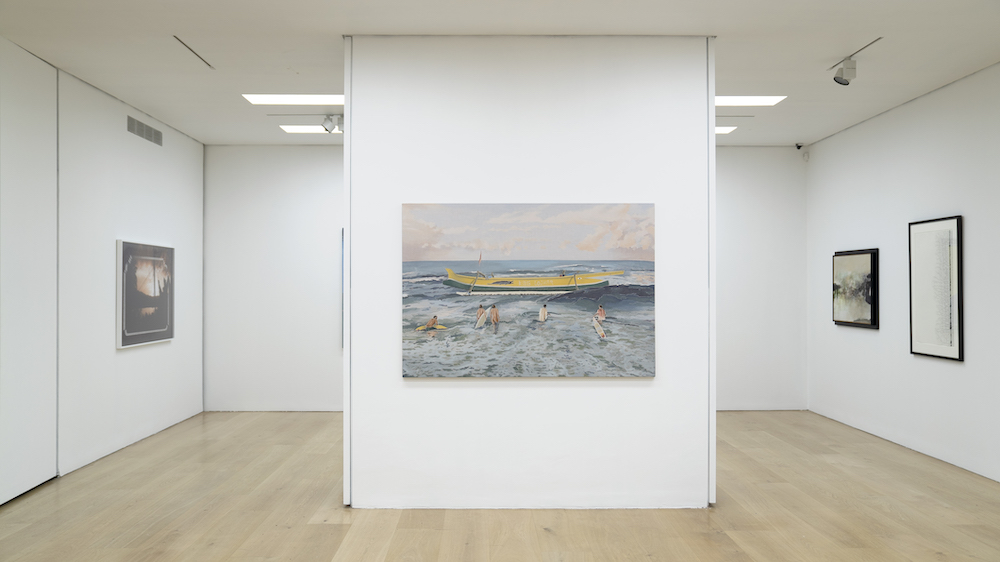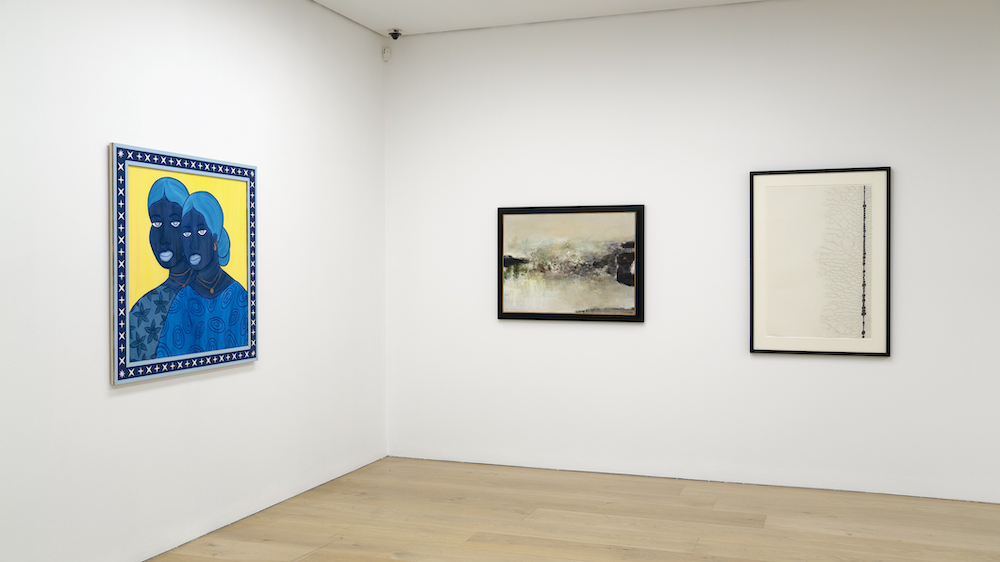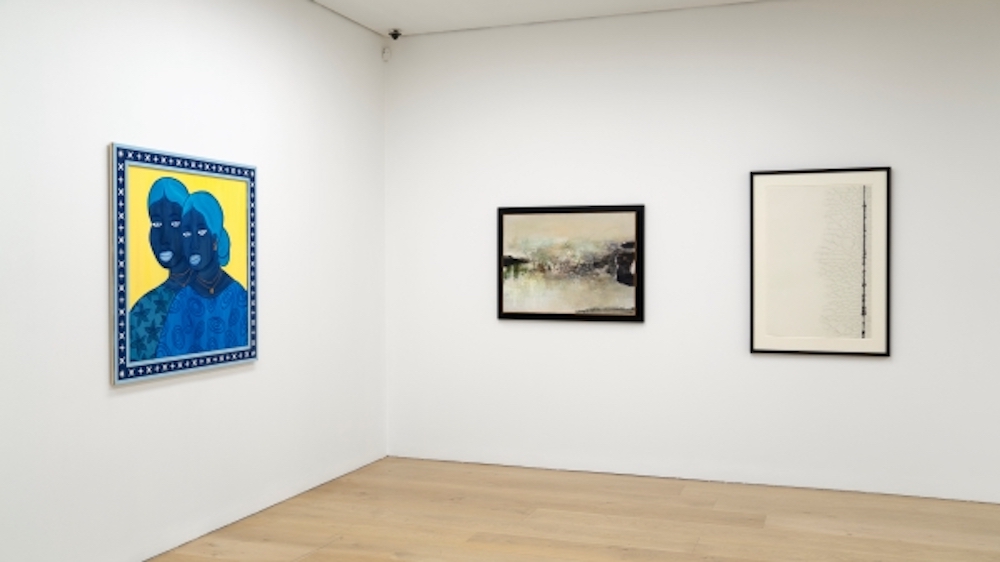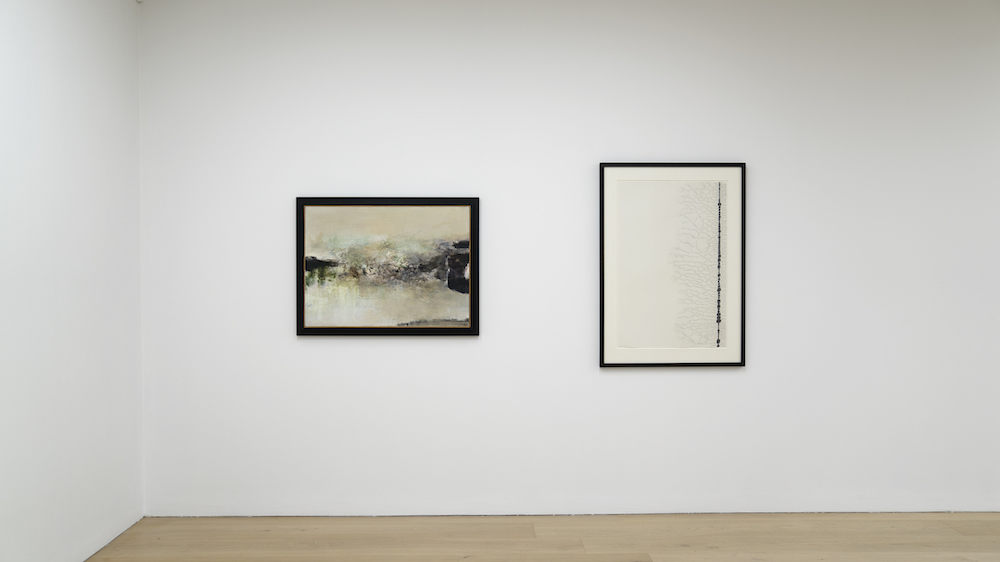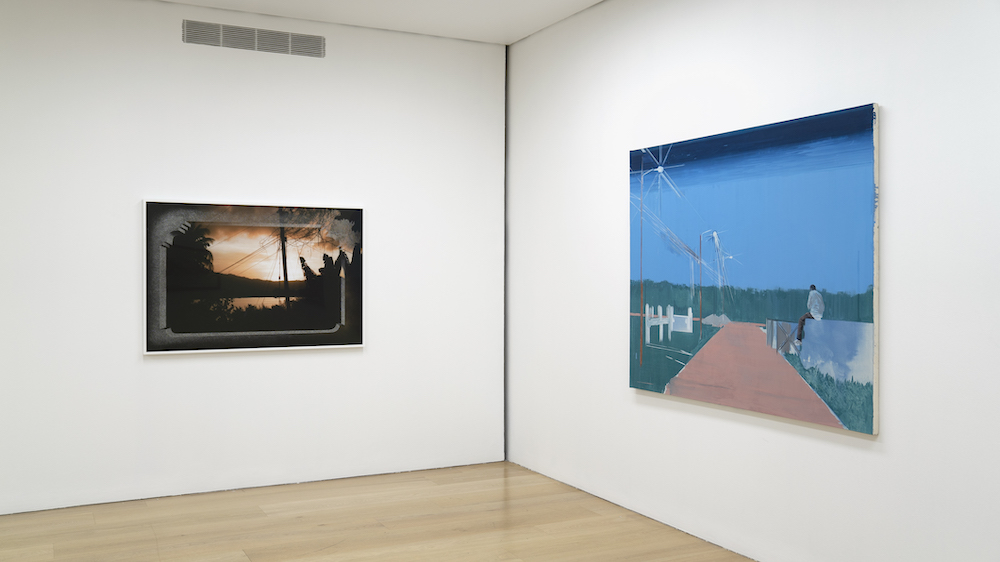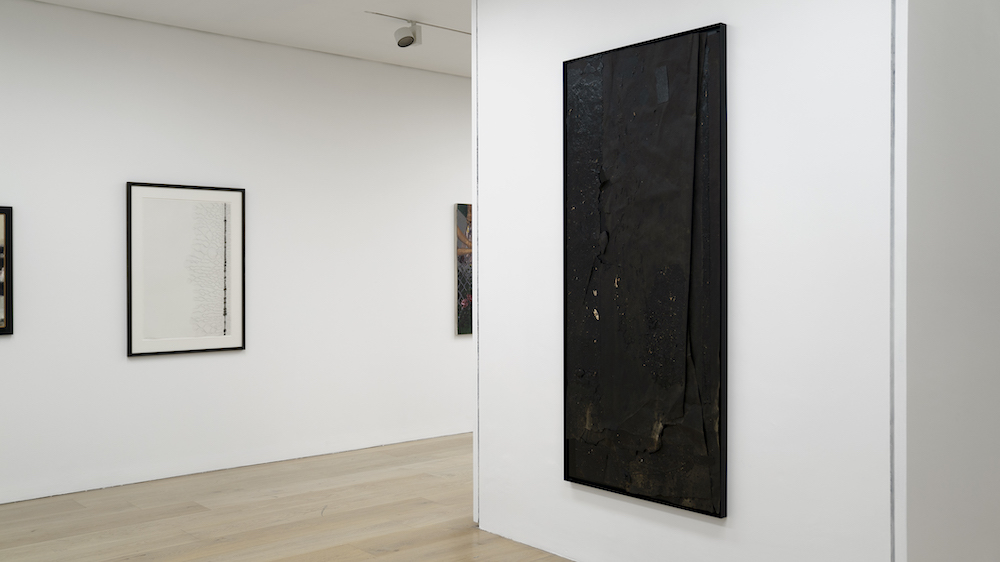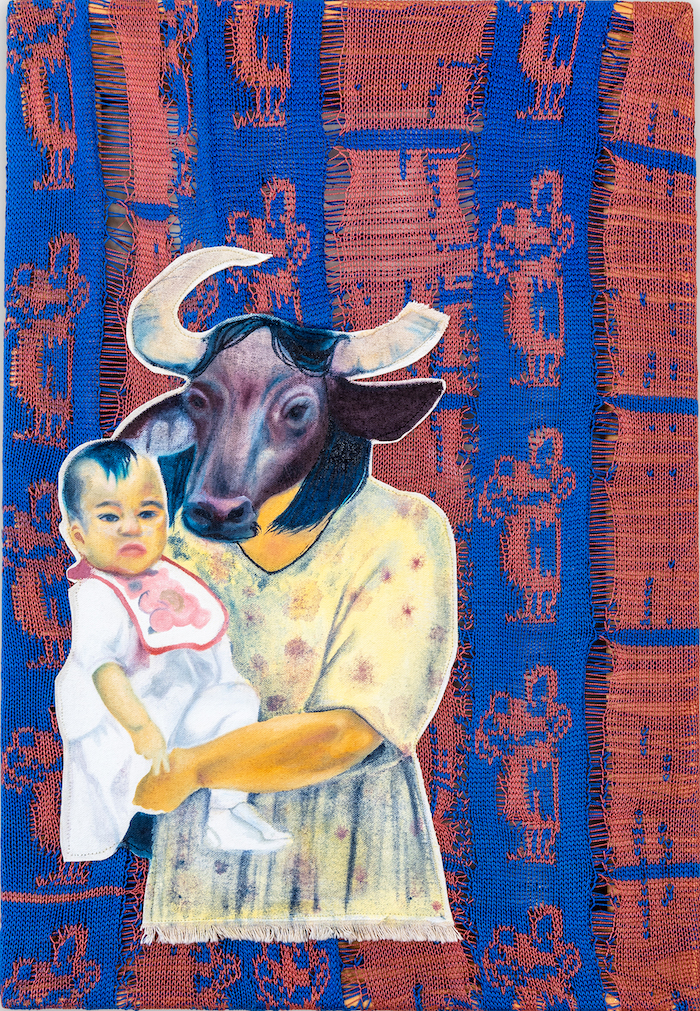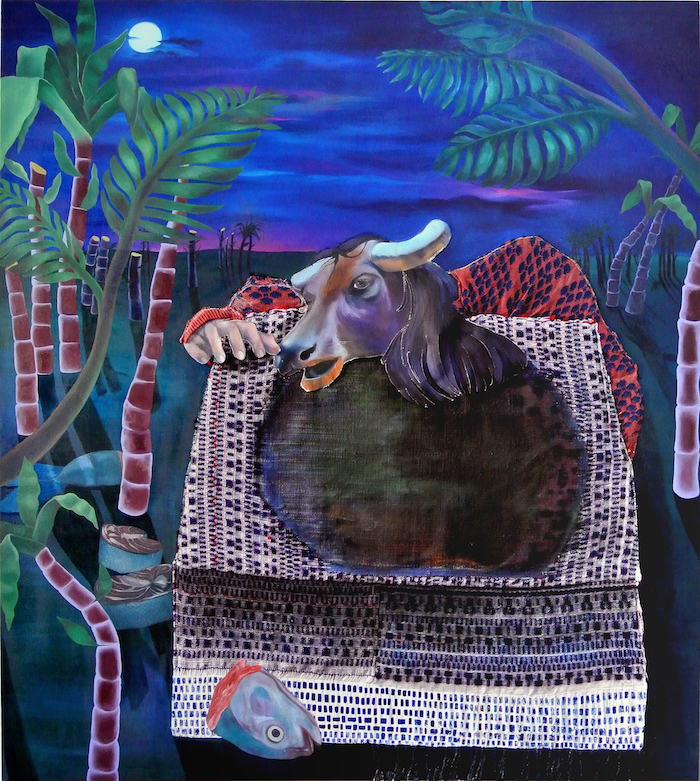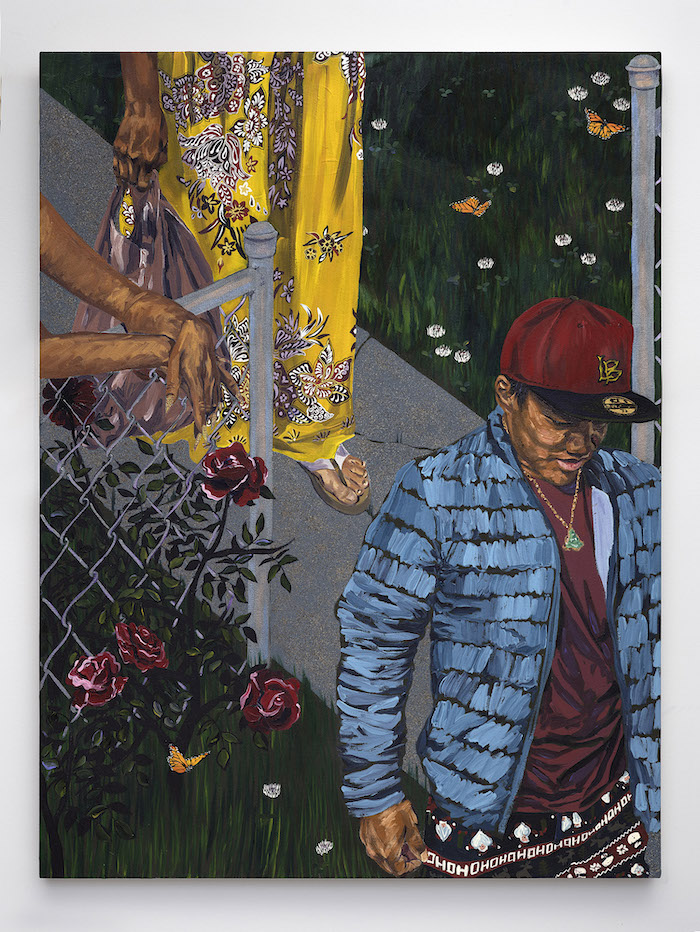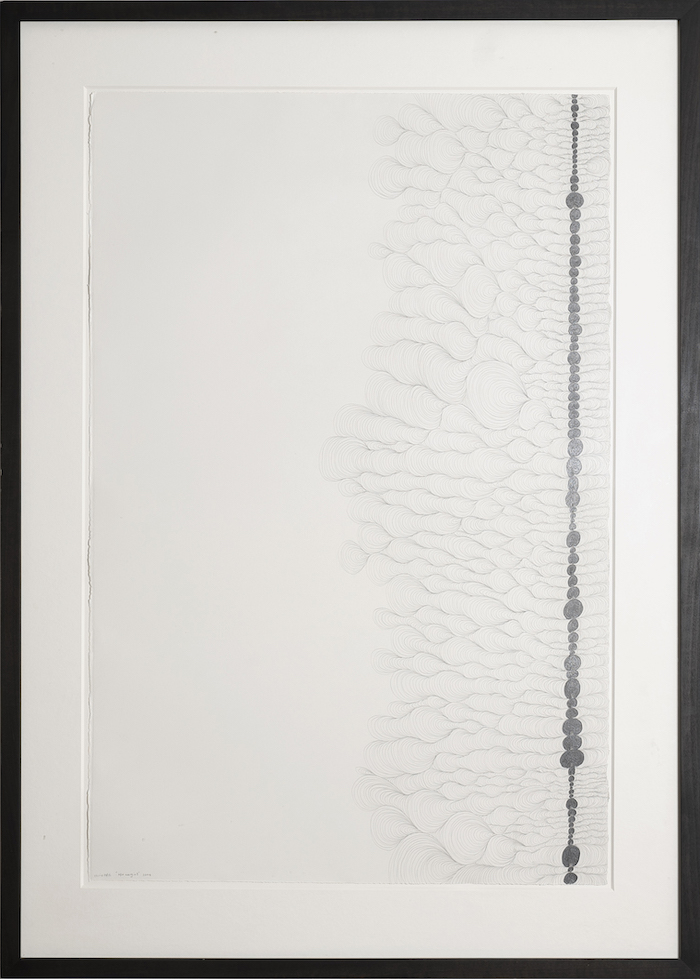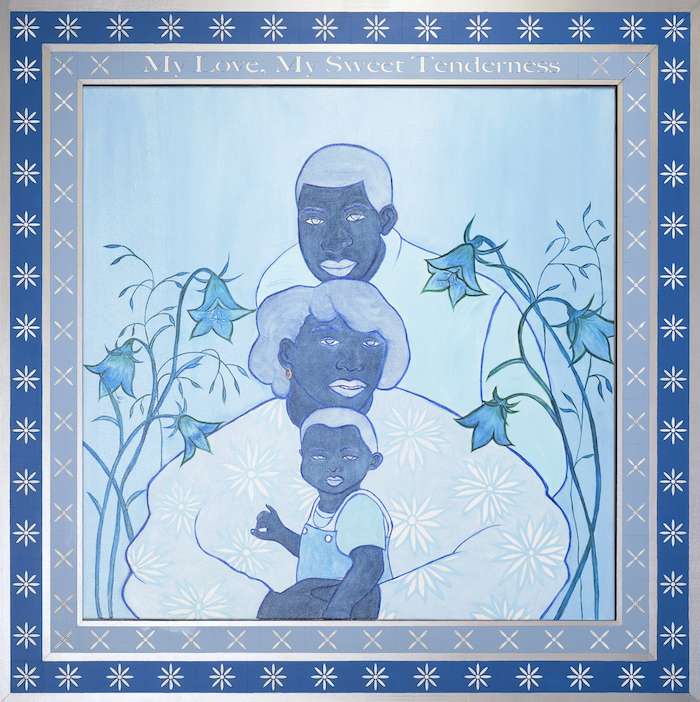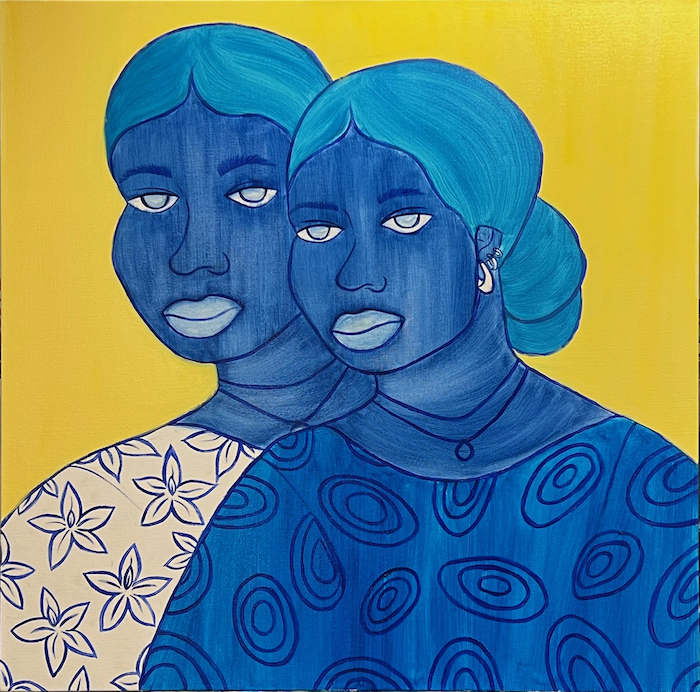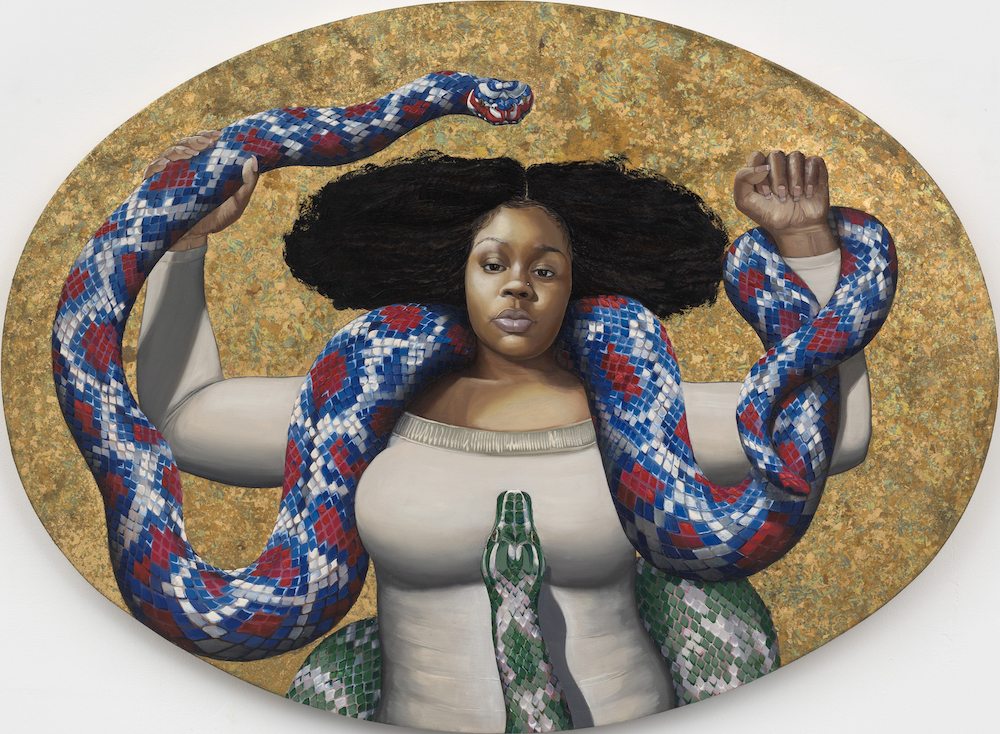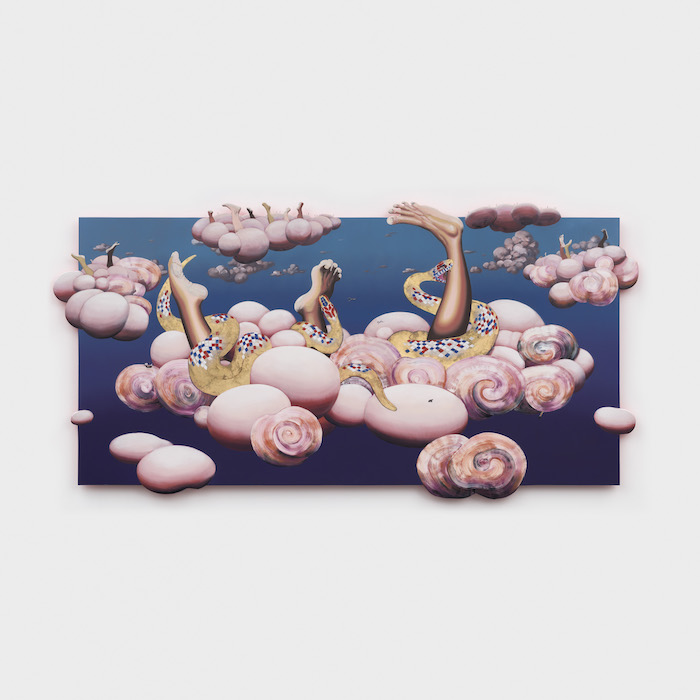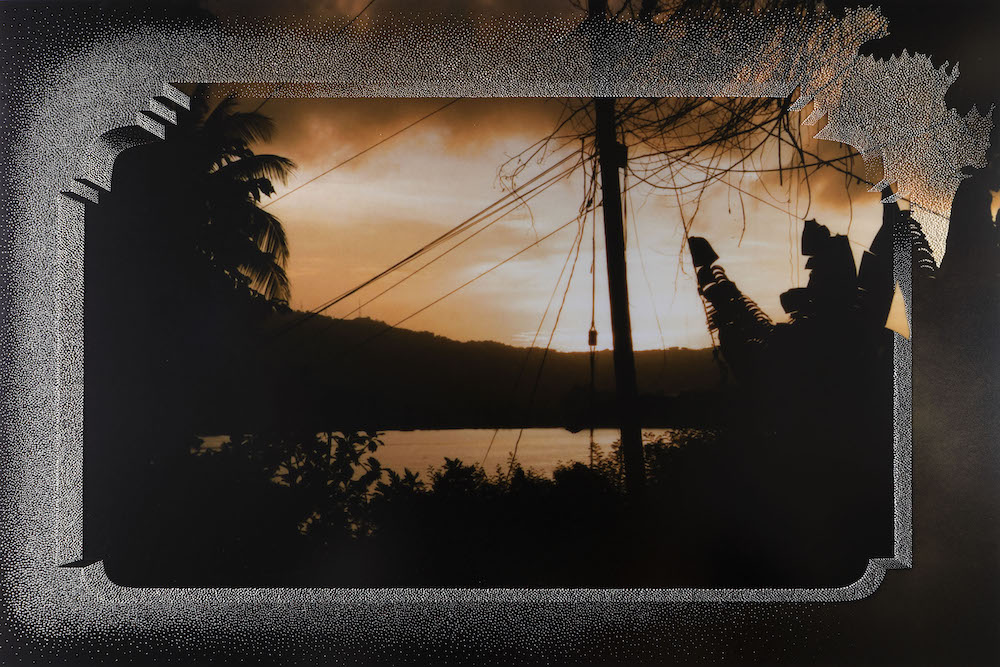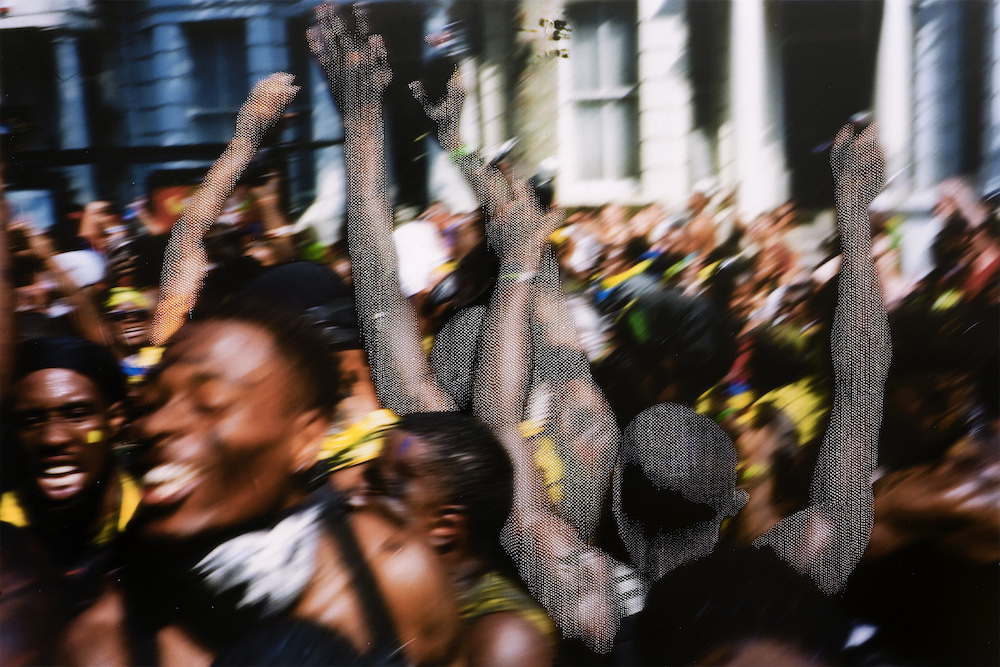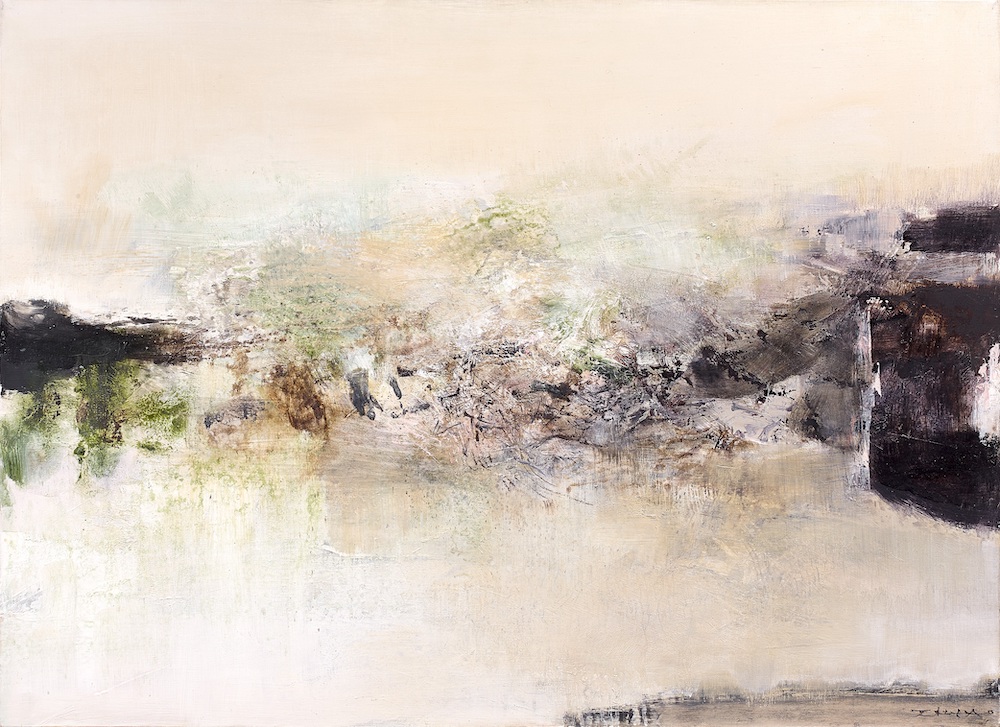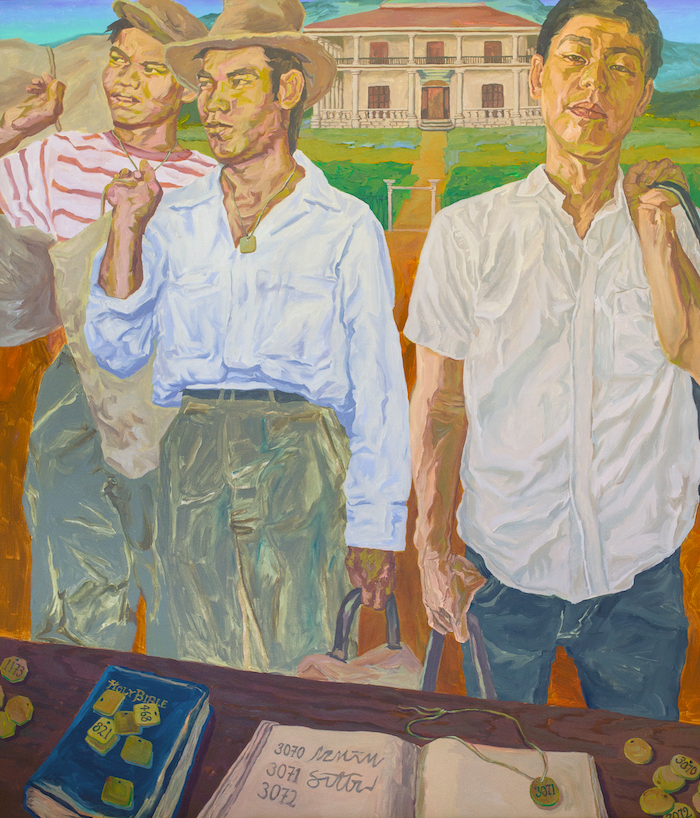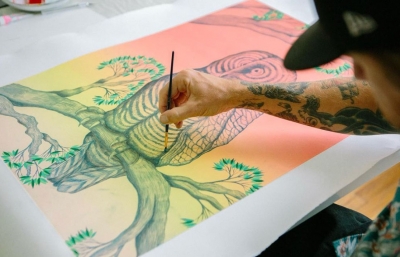While contemporary events can often feel uniquely monumental, it is wise to remember the old adage “history is cyclical.” This is the foundation that tethers together the works in Ghosts of Empires II at Ben Brown Fine Arts in London. Curated by the esteemed Larry Ossei-Mensah, the exhibition seeks to explore how 13 artists from the African and Asian diasporas are using their artistic practices as a platform to engage with the legacies of slavery, migration, and colonialism. Uncovering how history converges is a multi-layered process. Ossei-Mensah took the time to share a bit of his curatorial exhumations. -- Shaquille Heath
Shaquille Heath: This is the second part of the show, which opened back in March in Hong Kong. What makes the two different?
Larry Ossei-Mensah: I think the context is different…the first show was in Spring in Hong Kong, which is a city that is still quarantining. I think it was actually within the first couple of weeks when people could even go outside. In addition, I don't think people often think about Hong Kong being part of conversations around colonialism. People forget that Hong Kong was handed over back to mainland China from the British in the year 1997, and has its own colonial and imperialist history.
Also, we’re typically taught that a lot of the activities that revolve around the diaspora, is that peoples were sent from Africa directly to North and South America… and that's kind of it. Right? When there were many activities happening at the same time. You know, you had Indian folks who were being brought to Jamaica and Guyana. Same with Chinese. So I think it was interesting from that vantage point, to kind of situate these two communities, African and Asian diasporas, in the same place, which I'm sure isn't something that youl often see in Hong Kong.
Conversely, London is very diverse. And I think given the timing with the Queen's passing–and also the news that didn’t make the news, that they have a new Prime Minister, and that she has the most diverse cabinet in the history of the United Kingdom (although conservative.) So actually being on the ground while all this was happening was interesting for me. And it really got things percolating in the minds of folks who saw the show. To now really question what is the role of monarchy right now? What is the role of government? What needs to be reconsidered? What needs to change?
But it's been really exciting to just watch the response. It's one thing to put the show together and people like it, but people are actually getting it. I think that's kind of satisfying.
That definitely seems to be the topic of conversation right now. How do we consider the future of the monarchy, and histories, and legacies. The complexities, or even the lack of complexities. It’s interesting how the show has played out in two particular places in regards to current events.
I think the other part with Hong Kong is, I was thinking a lot about the protests that were happening against Mainland China. They had some sense of autonomy that was taken away from them. And there's been this effort to get that back.
And then on the converse, they recently had the viewings for the Queen. And it was interesting to see who waited in line for hours to see it…a lot of them didn't look like me and you.
I think that's interesting when we look at that in the context of the United States, right? Because a lot of policies, behaviors, and mindsets, are trying to uphold this ideology that really was informed by us being a former British colony. You look at Puerto Rico, for example, and we call it a territory, but it's a colony. Puerto Rico, Guam, American Samoa–seven territories that are part of the United States, but they're not states, and so they don't have the same rights.
So I’m trying to begin to paint that picture for folks. I'm not necessarily interested in just British colonialism. I'm thinking about the structure overall. Whether we're talking about France, Spain, America, a lot of these structures, a lot of these decisions, still have ripple effects on what's happening today. 
When I was looking at the artists list, I was struck by the range of ages. And how these events and decisions reverberate across generations. And how different generations react to that particularly within their artwork.
Yeah, I think it was important for it to be multigenerational, so we have Zao Wou-Ki who was super active in the 70s. Chris Ofili and Hurvin Anderson, down to you know, Fadekemi Ogunsanya who is Nigerian and living in Britain. Maia Cruz Palileo and Livien Yin. So having that generation spectrum was important.
But I think the other thing that I want to point out is that, you know, I'm not necessarily interested in whether this is good or bad. I look at Paul Anthony Smith's work, which are photographs that he took at Notting Hill festival. And, you know, Carnival as an activity comes out of an act of resistance, right? And within Notting Hill in particular, which came in response to discriminatory behavior by the Teddy boys, who was this fascist group of men who were bombing Black homes in the area. And these are the same Black folks who were brought there as part of the Wind Rush generation to rebuild the country. It makes me think about the Proud Boys. So you still have this behavior and you have this fear that somebody that doesn't look like you is taking away an opportunity from you. Now, Carnival has become an institution. You know, you can get on average two million people who come to Carnival now. And they're able to acknowledge the beauty in this cultural event. So there's many beautiful things that come from an act of resistance and an act of survival. And asserting one's position that these folks are just as part of the British identity as anyone else.
I know it's hard to choose a work out of the show, but what works really stick out to you?
I think about Miguel Ángel Payano Jr.’s piece. It's a bit of an homage to Breonna Taylor. But it's also referencing Mami Wata, which is a deity in various indigenous practices. The figure in the piece is wrapped in a serpent. And it's interesting, because depending on what culture you believe, the serpent could be good or it could be bad. In this case with Miguel, it's good. I also wanted to implicate what was happening in the UK, because there actually was an incident in the 80s with a woman named Cherry Groce, who was unfortunately shot by a police officer in London, and they partially paralyzed her. And eventually, a lot of those complications are what led to her untimely death. And then even a couple of weeks ago, there's a rapper named Chris Kaba who was unfortunately killed by police officers in London. The show is trying to create this tension that a lot of the activities that you would attribute to just being American, are happening in your backyard. This is what I'm talking about in terms of really having this awareness.
I think Livien Yin has a really great piece, thinking about the bango workers, who were Chinese, Filipino and I believe Japanese laborers who worked on sugar plantations in Hawaii. When you look at the piece, two of the figures have necklaces with numbers. Livien was explaining that the plantation owners had a hard time pronouncing the names of the laborers, so they just assigned them a number. So it's like, what does it mean to reduce somebody to a number? And then that got me thinking about prison industrial complex… that got me thinking about the Holocaust… So it’s this idea of history repeating itself, and articulating itself in so many different ways. So again, just getting people to be really aware of what's happening.
https://www.benbrownfinearts.com/



